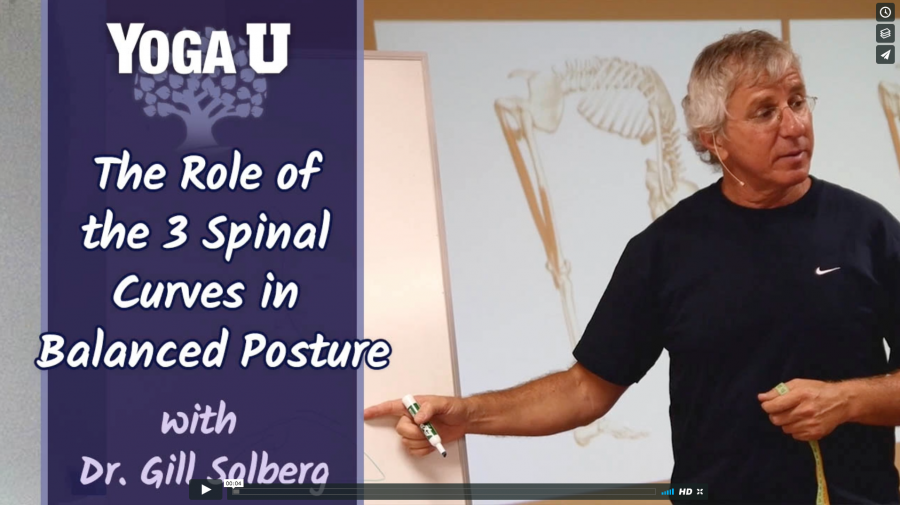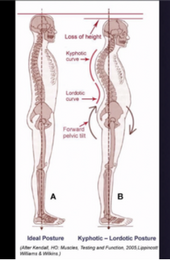Free Download! The Role of the 3 Spinal Curves in Balanced Posture
Course Info
- Price:
- $0.00
Gill Solberg
 A teacher of movement and of yoga, Dr. Gill Solberg graduated from the Zinman College at the Wingate Institute with a specialization in posture disorders. During his advanced studies he specialized in clinical kinesiology and in adapted physical activity for populations with special needs, which...
A teacher of movement and of yoga, Dr. Gill Solberg graduated from the Zinman College at the Wingate Institute with a specialization in posture disorders. During his advanced studies he specialized in clinical kinesiology and in adapted physical activity for populations with special needs, which... 
In this talk, Israeli kinesiologist Dr. Gill Solberg talks about the significance of the 3 spinal curves for structural balance.
Imbalances in the spine, he notes, creates kinesiological chain reactions throughout the body. There are numerous connections between the lower part of the body and the upper part of the body and when something is wrong in one part of the body, it translates up through the spine.
In many cases of postural problems, we see numerous variations in the curves of the spine, and that predisposes us for many health issues.
 To better understand why this happens, Gill lays out the important functional roles the 3 curves of the spine play in the body.
To better understand why this happens, Gill lays out the important functional roles the 3 curves of the spine play in the body.
Together, the three curves of the spine give us three very important advantages in terms of functionality, he notes.
The first one is shock absorption. People who don’t have the normal curves of the spine, e.g. people with a flat back often have considerable issues, like e.g. low back pain, because the shock absorption from movement impact isn’t optimal.
The second function of the spinal curves is to balance the center of gravity over the support base and allow for efficient standing. Gill discusses in details what this means and what happens with the balance of the body’s gravity center is disturbed.
Finally, he shows how the three curves of the spine allows increased range of movement. He goes into depth on what happens in the body when we lose the segmental articulation in the low back and the different ways we can observe that in yoga poses. When the continuous arch of the spine is lost, he notes, the body loses functionality in several important ways.